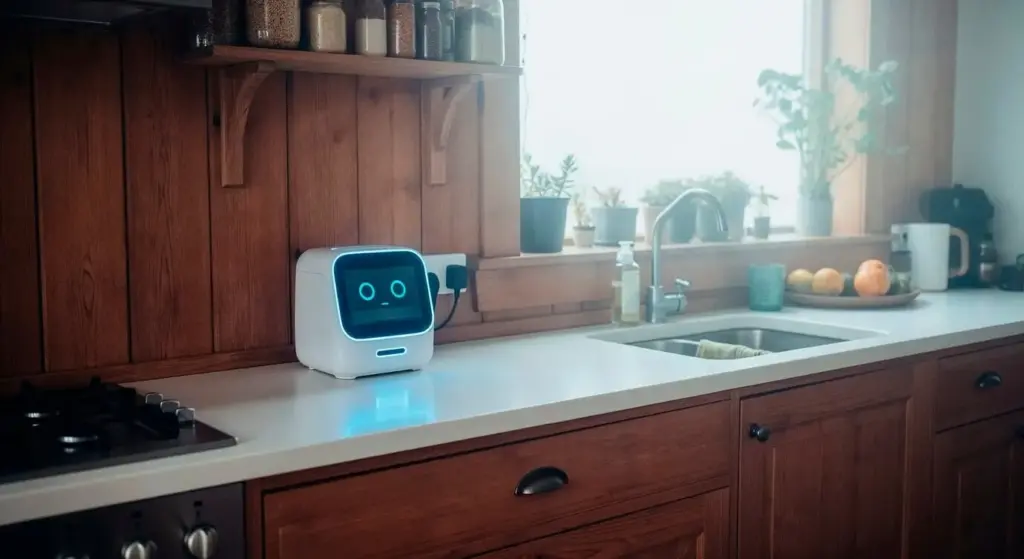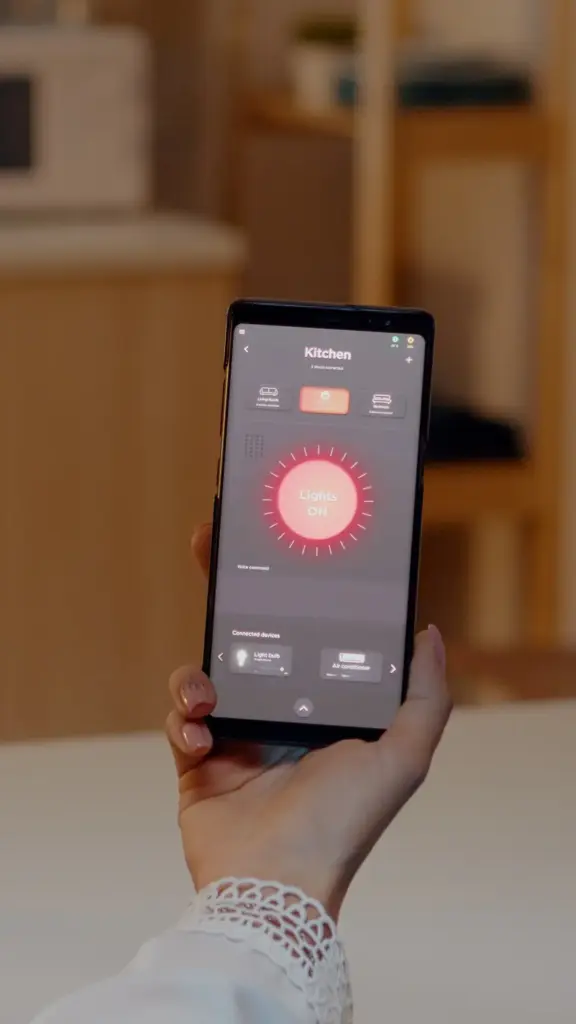Turn Any House Into a Smarter Home, Gently
Start with a Practical Home Audit

Pick the Right Brains and Languages
Understand Protocol Trade-offs Clearly
Zigbee and Z‑Wave offer reliable mesh networks and excellent battery life, but need powered routers placed thoughtfully. Wi‑Fi devices are convenient yet can overcrowd access points and struggle on congested 2.4 GHz channels. Thread promises robust mesh with low power and pairs well with Matter. Consider walls, apartment density, and interference from microwaves or neighbors. Choose complementary protocols that balance range, resilience, and maintenance, minimizing surprises while preserving your retrofit’s low-disruption, high-comfort philosophy.
Controllers That Age Gracefully
Select a controller that runs core automations locally, so lights and sensors respond instantly even if the cloud is down. Platforms like Home Assistant, Hubitat, or Apple Home excel at local scenes while integrating cloud extras thoughtfully. Confirm easy backups, audit logs, and device migration tools. Check community support for your chosen devices. When the brain is transparent and stable, you avoid brittle routines, reduce vendor dependence, and keep family trust high through fast, predictable responses.
Smarts Without Dust and Drywall
01
Switch Strategies for Older Circuits
Many vintage switch boxes lack neutrals, which traditional smart dimmers prefer. Use approved no-neutral models with bypass resistors when needed, or install compact relays behind the switch to keep familiar toggles. For multi-way circuits, choose devices designed for travelers or use companion switches from the same brand. Always verify box depth, load types, and bulb compatibility. With the right parts and careful labeling, you gain smooth fades, scenes, and reliability without opening walls unnecessarily.
02
Sensors and Power Where You Need Them
Battery sensors shine in retrofits, offering flexible placement for doors, windows, and motion without drilling. Choose devices with multi-year lifespans and standard cells for easy replacements. Where possible, add discreet USB outlets or use small PoE adapters for cameras and access points. Tilt, vibration, and leak sensors deliver quiet safety upgrades. Calibrate sensitivity and timeouts thoughtfully to reduce false alerts. Smart power distribution ensures dependable performance while keeping cables neat and daily life wonderfully uncomplicated.
03
Respect Character with Beautiful Integrations
Keep architectural soul intact by retaining classic switch plates and fixtures, hiding smart relays behind them. Choose dimmers with matching colors and low-glow indicators that do not clash at night. For ornate plaster or original tile, prefer adhesive mounts and magnetic docks. Use cord channels and paintable raceways to tame cables invisibly. When hardware blends with style instead of shouting, family members embrace the upgrade, and the house feels refined rather than remodeled for gadgets.
Build a Quiet, Strong, and Safe Network


From Cool Tricks to Daily Comfort
Real Budgets, Real Results
